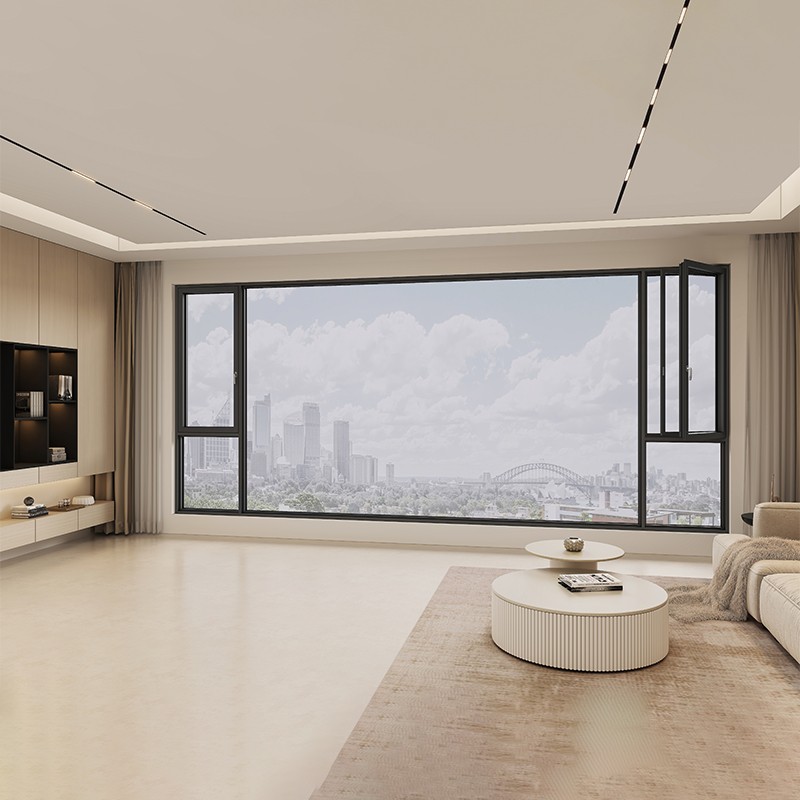Aluminium Windows and Energy Efficiency
Energy efficiency is one of the ways in which architects use Aluminium Windows as a building material. This trend follows increasing concerns about ecological movement and a rise in energy costs. Key technologies that show potential in this respect are thermal breaks, double glazing, triple glazing, and low-emissivity coatings.
Thermal Breaks for Enhanced Insulation
One of the most important breakthroughs made so far in the design of aluminium windows includes thermal breaks. Aluminium is very conductive which can facilitate heat loss, thus decreasing energy efficiency. This problem has been resolved by placing a non-conductive material between two sections of aluminium frames known as thermal break. The inclusion of this barrier minimizes heat transfers that ensure indoor heat during cold seasons does not escape to outside while on hot days outdoor heat does not enter indoors through the windows therefore indoor temperatures remain steady without over reliance on heating and cooling systems thus reducing energy bills.

Double and Triple Glazing for Improved Performance
These two types of window panes are vital to improving the energy conservation abilities of an aluminium window. These types consist of two or three panes separated by an air gap or gas-filled spacer such as argon or krypton gas respectively. These multiple glass layers improve insulation as they create a layer that reduces heat conduction. Triple glazing also provides superior insulation especially when dealing with extreme weather conditions. With this feature, it is possible to prevent excess loss of heat during winter season and reduce entry of too much heat during summer; hence maintaining comfortable indoor environment at lower energy expense.
Low-Emissivity (Low-E) Coatings for Optimum Energy Efficiency
Another innovative technology adopted to increase the level at which aluminium windows are energy efficient is Low-E coatings. These thin invisible metal layers applied onto glass surfaces saves infrared radiation while passing light that is visible through them During winter, Low-E coatings help retain indoor heat by reflecting it back into the room, while in summer, they reflect outdoor heat away from the building, keeping interiors cooler. By reflecting heat selectively without compromising on the amount of natural light entering a house, energy savings are achieved with thermal comfort throughout the year.
In summary, improved energy efficiency is one among many benefits that can be realized by using aluminium windows. These advances cut down on power consumption and reduce overall carbon footprint of these structures more than any other device ever conceived. Highly advanced aluminium window technologies together with associated ideas such as thermal breaks, double glazing and triple glazing and low-emissivity coatings assist to enhance energy performance of buildings. This crucial role in construction industry will continue to develop alongside an increased focus on energy conservation goals for buildings leading to the use of more advanced aluminium window designs.